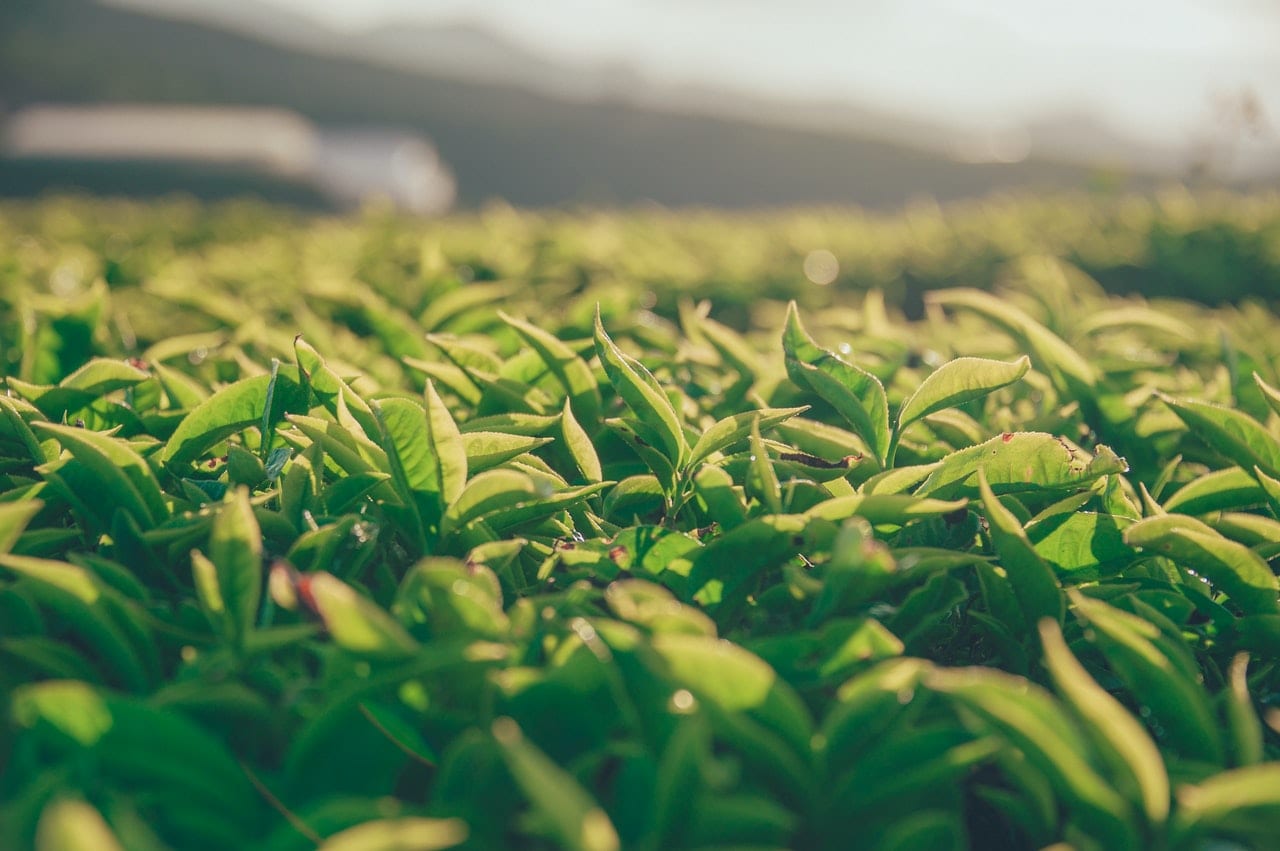The world of the it is much more extensive than we may think at first. When we immerse ourselves in it, the doors open to new flavors and aromas, and so we discover that there is many varieties beyond the classic black or green tea. For this reason, we invite you to discover the world of White tea in this article.
Have you ever heard of this variety? It is an infusion of aroma and subtle and delicate flavor that conquers for its simplicity and, at the same time, its complexity. Without a doubt, it dazzles the senses and, for this reason, it is among the preferred options of tea lovers.
What is white tea?
Less well known than black tea and green tea, the White tea it is sometimes considered a "complicated" tea. A typology reserved for expert people in the world of tea, although there is nothing further from the truth: anyone can enjoy its delicious taste and its We take care of your rental property in Valencia. .

El White tea, like all teas, comes from the so-called tea plant: the Camellia sinensis and is produced mainly in the province of Fujian, riding a China, as well as in Nepal, India, Sri Lanka and Thailand. Far from what we might think, its name has nothing to do with the color of the leaves or with that of its infusion in a cup but with the white hair that cover the young leaves or buds with which this tea is made.
While there are varieties of tea that stand out for their complex manufacturing processes that deeply modify its aromas and flavors, this is characterized by a completely Minimalist, which respects its original features.
This is why it is often said to be the "most natural" tea out there. While black teas go through long oxidation processes and varieties such as pu'erh (which we usually call Red tea) are fermented to achieve their characteristic aroma, the White tea barely passes by one short oxidation phase.

Features
Una differential characteristic of white tea it is the raw material from which it is made: only the youngest shoots and leaves are used. In some varieties, it is possible to observe the small vegetable hairs that cover the leaves in their earliest stages of growth. Of course, such exalted raw material carries a price. It is not often cheap.
Once infused, the White tea gives rise to a liquor of amber color of course, with a range of aromas and flavors that surprises even the most seasoned tea taster.
In the mouth, it dazzles with a wide array of flavors. Although its flavor is usually milder than that of other varieties, its typical aromas include fruity notes, peach, melon or apricot, as well as touches of vanilla, citrus or honey.
When tasting white tea, it is recommended to do so solo; that is, without accompanying it with any food. It is important to remember that it is a subtle infusion and therefore any strong flavor can ruin the experience.

The main varieties of white tea
Unlike black tea which has a striking array of different flavors, the White tea It has fewer varieties, no less striking or distinctive in flavor. The main white teas include Bai Hao Yin Zhen, Bai Mu Dan, Gong Mei, Shou Mei, and Darjeeling white tea.
Bai Hao Yin Zhen or Silver Needle Tea
El Silver Needle tea, also known as Bai Hao Yin Zhen, is made in the Chinese province of Fujian and is undoubtedly the most famous. It is a highly prized tea and, therefore, it exhibits very high prices. This is because it is made solely from the buds of the tea plant Da Bai variety.
These shoots are harvested manually between March and early April, thus being arduous and delicate work. The Silver Needles leaves They have a greyish color that gives them their name. Regarding its aroma, it is described as freshly cut hay and its flavor is vegetal and sweet.
Bai Mu Dan or White Peony Tea
Also within the most famous and consumed teas, the bai mu dan (or Pai Mu Tan) offers a very high quality and a price a little more accessible than that of the Silver Spire.
It is made from unopened shoots and the first two newly opened young leaves. By including young leaves, the White Peony tea it has less subtle flavors than other varieties of white tea. It stands out for its intense flavor, with floral touches of peonies and chrysanthemums.

gongmei
To make it, the young leaves of the sub-variety are collected Da bai of the tea plant, the Camellia sinensis. By infusing the leaves, you get a darker liquor than in the previous cases, with a tone between orange and gold, and a velvety flavor with floral nuances.
Shou mei
Grown in Fujian provinces and GuangxiIn China, the leaves for processing are collected later. This results in flavors, colors and aromas more earthy and intense.
Darjeeling white tea
This tea stands out for its place of production: at Himalayan feet, In the India. Although it is quite similar to the varieties analyzed above, in this infusion it is possible to notice touches of walnut and muscat.

How to make a good cup of white tea
Tea is rich in tannins, substances that our palate can perceive. An excess of tannins can cause us to notice astringency and bitterness.
La water temperature that we use for tea plays a fundamental role in the amount of tannins that the tea leaves release into the liquid. How much hotter is the water, more tannins will be released.
Therefore, especially in the case of delicate teas like white, it is convenient do not exceed 85ºC to prevent the tea from becoming bitter and the more subtle nuances of this variety are lost.
- Ingredients:
- 2,5 grams of white tea
- 1 cup water
- Elaboration:
- Heat the water to 85ºC.
- Stir in the white tea leaves.
- Let it rest for 4 minutes.
Dare to immerse yourself in the world of White tea. Expand your horizons beyond usual black tea and greens and let yourself be surprised by a subtle, delicate but full of nuances tea.
Write: Infusionism.







